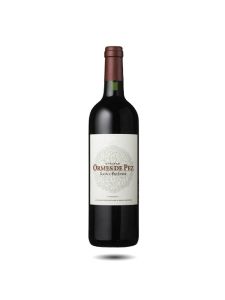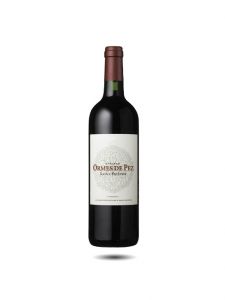We use cookies to make your experience better. To comply with the new e-Privacy directive, we need to ask for your consent to set the cookies. Learn more.
Saint-Estèphe
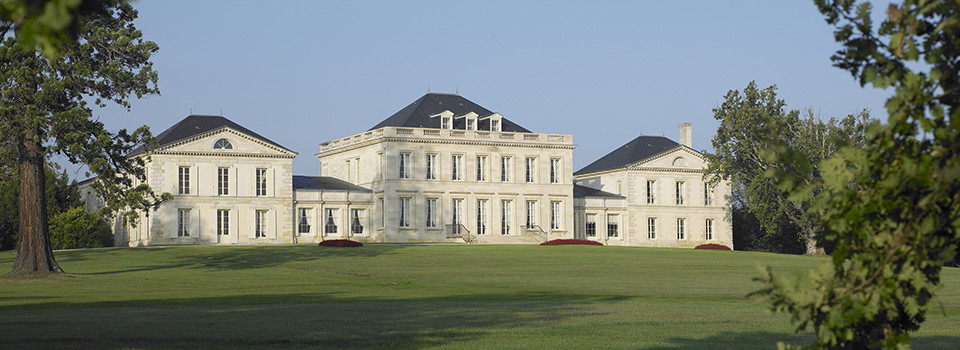
The northernmost of the six Médoc communes, St. Estèphe was unfairly judged when the 1855 classification was decided; probably because of its distance to the city of Bordeaux. Although it is the largest of all the Médoc communes with 1,377 hectares of vineyards, there are only five classified growths that produce 20 percent of the wine in the appellation. Two second growths dominate the appellation: Cos d’Estournel and Montrose although a contender for the St. Estèphe crown today would certainly include Calon Ségur. This is also the appellation with some of the best cru bourgeois estates (there are 35 of them) – names such as Phelan Ségur, Ormes de Pez and Clauzet have excellent reputations.
The wines of St. Estèphe have in the past rather suffered in comparison to those of St. Julien and Pauillac. They are not as sweet and fruity nor do they have the same blackcurrant flavours. St. Estèphe wines at the top end can be quite austere when young with deep tannic structure, spice and very finely packed fruit. They take some years to open up and reward careful ageing. The cru bourgeois wines are more approachable with plummy, earthy flavours and softer tannins. While Cabernet Sauvignon remains the most important grape in the appellation, Merlot is gaining ground, making the wines richer and rounder than in the past. St. Estèphe is one of the most improved appellations in Bordeaux.
The vineyards of St. Estèphe climb upwards from the Gironde estuary where the sandy gravel eventually gives way to heavier clay soils. Due to the cooler terroirs found here, St. Estèphe is usually the last of the Médoc communes to start harvesting and the appellation does well in hot, dry years. The highest point of the appellation is Cos d’Estournel but its epicenter is the village of St. Estèphe which dates back to the 17th century.
- 0.375l
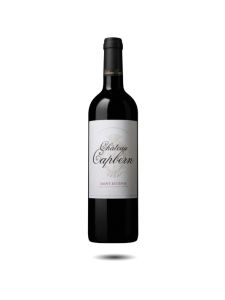 €14.20 €11.74
€14.20 €11.74 - 0.75l
 €23.00 €19.01
€23.00 €19.01 - 0.375l
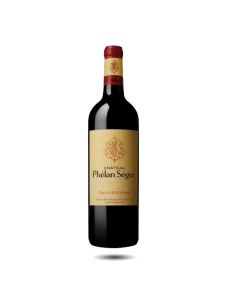 €24.00 €19.83
€24.00 €19.83 - 0.75l
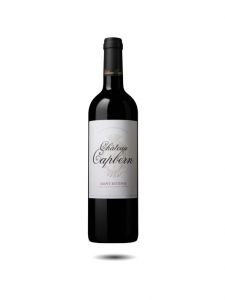 €25.00 €20.66
€25.00 €20.66 - 0.75l
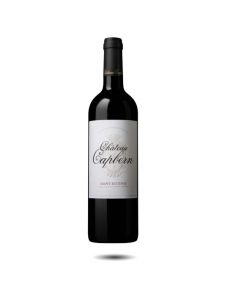 €27.00 €22.31
€27.00 €22.31 - 0.75l
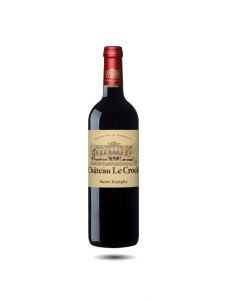 €27.00 €22.31
€27.00 €22.31 - 0.75l
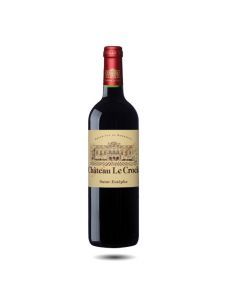 €27.50 €22.73
€27.50 €22.73 - 0.75l
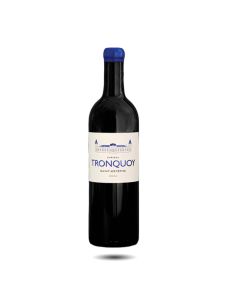 €28.00 €23.14
€28.00 €23.14 - 0.75l
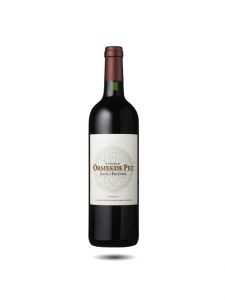 €28.00 €23.14
€28.00 €23.14 - 0.75l
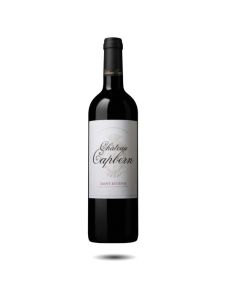 €28.50 €23.55
€28.50 €23.55 - 0.75l
 €29.50 €24.38
€29.50 €24.38 - 0.75l
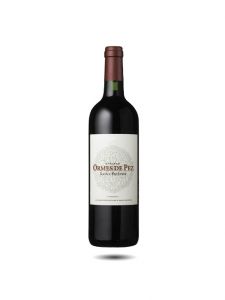 €30.00 €24.79
€30.00 €24.79 - 0.75l
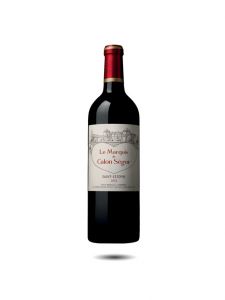 €30.00 €24.79
€30.00 €24.79 - 0.75l
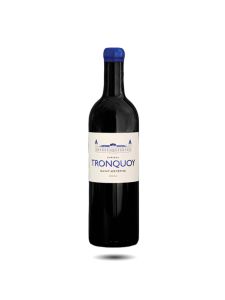 €30.30 €25.04
€30.30 €25.04 - 0.75l
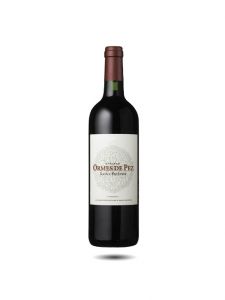 €31.00 €25.62
€31.00 €25.62 - 0.75l
 €31.80 €26.28
€31.80 €26.28 - 0.75l
 €32.00 €26.45
€32.00 €26.45 - 0.75l
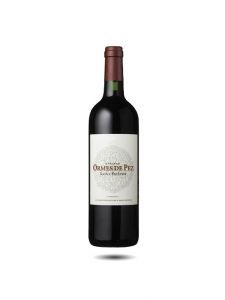 €32.00 €26.45
€32.00 €26.45






